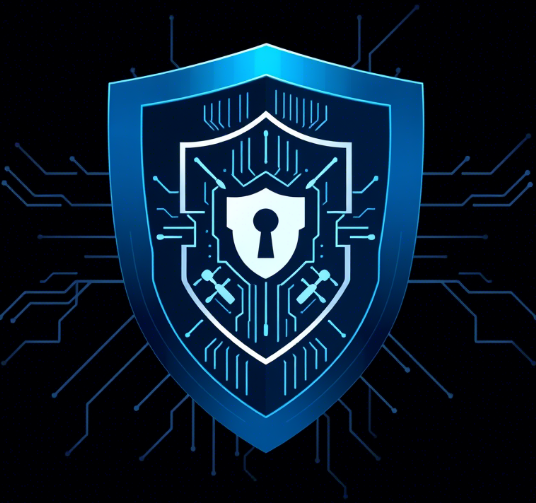Your cart is currently empty!
-
The cabling and connections in a network refer to the physical infrastructure that allows devices to communicate with each other. There are various types of cabling and connections used in […]
-
Network devices support a wide range of physical network interfaces, depending on the specific device model and series. Here are some commonly used physical network interfaces: Ethernet Interfaces: Network devices […]
-
The network physical infrastructure layout refers to the physical components and arrangement of a network system. It includes various devices, cables, connectors, and other equipment that are necessary for establishing […]
-
Basic – Access – IP Network – Services – Security – Automation Network access refers to the process of connecting a device or system to a computer network, allowing it […]
-
Packetization is the process of breaking down data into smaller units called packets for transmission over an IP network. This process involves dividing the data into manageable chunks and adding […]
-
The TCP/IP model, also known as the Internet Protocol Suite, is a conceptual framework that defines how data is transmitted and received over networks. It is a layered model that […]
-
Basic – Access – IP Network – Services – Security – Automation The need for automation in networking has become increasingly important in recent years due to the growing complexity […]
-
Routing is a fundamental concept in computer networking that involves the process of directing network traffic between different networks or subnets. It determines the most efficient path for data packets […]
-
Network encryption is a security measure that involves the conversion of data transmitted over a computer network into an unreadable format. This process helps protect the confidentiality and integrity of […]
-
A Virtual Private Network (VPN) is a technology that allows users to establish a secure and encrypted connection over a public network, typically the internet. It enables users to send […]
